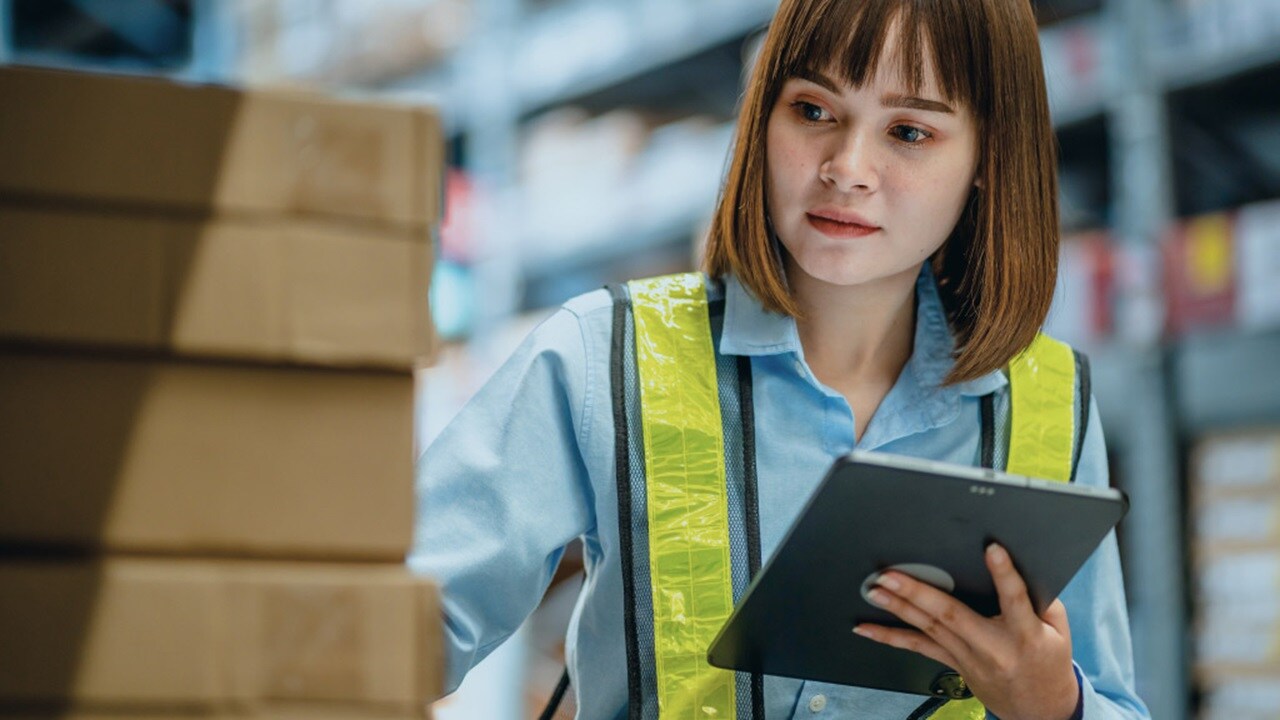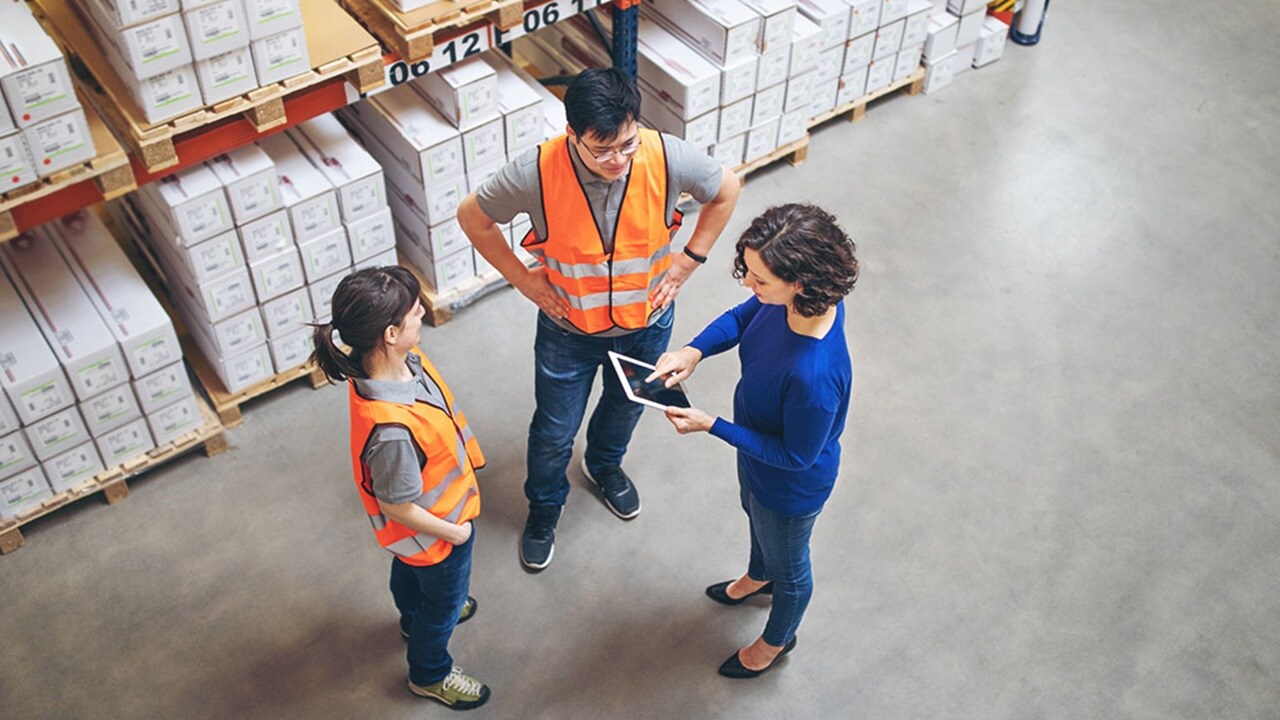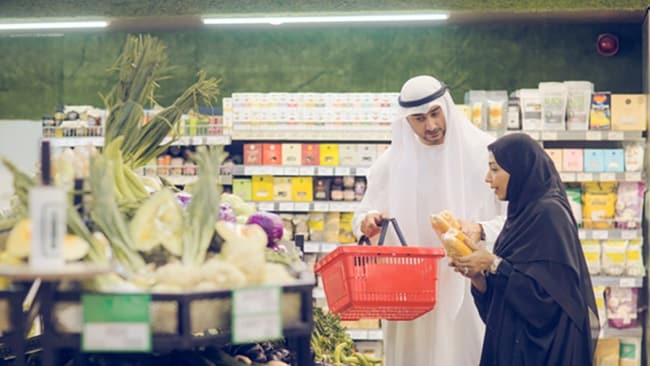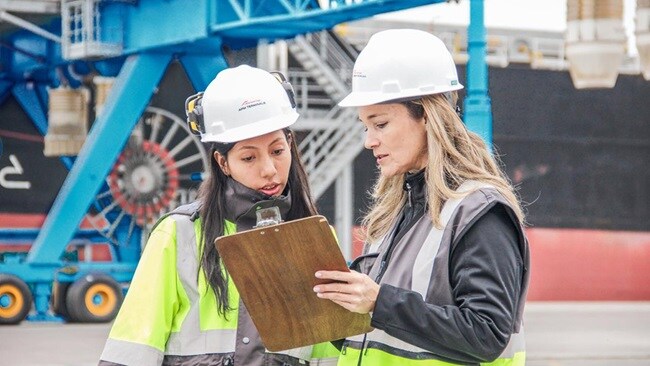In Europe, you might think that cross-border trading would be somewhat straightforward. You’d be wrong.
Even though 40% of EU territory consists of border regions, only 1.3 million out of 31.5 million active enterprises (little more than 4%) trade across borders regularly, reports Forbes.
One reason for this shortfall is logistical complexity. Though the Schengen Agreement has eased this, with data from The Journal of Common Market Studies indicating that it has boosted trade by about 2.81% on average, the free trade agreement still only applies to 29 of Europe’s 44 countries. But perhaps more importantly, add in the fact that customers have different standards and expectations based on where they’re located, and things become really tricky.
Then, depending on what industry you’re in, there are also more nuanced challenges to contend with. For instance, as such a high proportion of its sales happen overseas, the lifestyle industry faces greater pressure to personalise customer experiences for local audiences. Whereas on the other side of the spectrum, the FMCG industry includes perishable product lines, which require greater speed over the border to reduce the risk of spoilage.
In short, the logistical challenges of cross-border trading are many and multi-faceted. The question for you, then, is how to reduce this complexity. Here, we look at five things you can do within omnichannel fulfilment to help.
1. Decentralise warehousing
According to McKinsey, the traditional fulfilment model – the one where all goods were housed in big, centrally located distribution centres that were built to ship products at set intervals to stores – has had to adapt. Omnichannel has changed things. Lines have blurred. Today’s customers shop through a mix of online and physical channels, they’re less tolerant of inconvenience, and they expect to receive their orders at times that suit them.
Decentralised warehousing is how the model has adapted. With goods stored closer to the point of demand, and across multiple locations, the time required for order processing, picking and shipping is significantly reduced. And what does that mean to you? You’ve the capability to accelerate delivery times and provide smarter, more convenient, more accurate delivery slots, without the logistical headaches.
2. Streamline customs
When it comes to cross-border trading, the obvious challenge is the one that’s at the border itself – customs. Shipping goods at scale means it’s easy to make mistakes over things like country-specific VAT and customs duties. And if you do, your goods will be stranded until you correct the documentation.
Proactively integrating customs into your logistics strategy can change that. By bringing all your import and export data together in one centralised technology solution, you can automate the time-consuming parts of the customs declaration, and increase your speed across the border. The documentation can be completed in minutes, not days, saving you a huge amount of time and hassle.

3. Leverage bonded assets
Then there’s the potential of bonded warehouses and vehicles – solutions whereby you can store and transport imported goods without having to pay duties.
Bonded warehouses, which can provide tax savings of between 25-30%, can boost your liquidity and reduce your financial burden, along with any associated stress. Better cash flow can give you more breathing space to promote your product before taking it to market, for example. Or you can free up capital from seasonal goods that might not come into fashion for another 12 months.
Bonded vehicles, on the other hand, give you the time to complete customs declarations while your goods are in transit. For instance, with one of our customers we use bonded vehicles to transport their cargo from Billund in Denmark to Manchester in the UK. By using the bonded vehicles as part of a smarter solution, we’re able to get their goods cleared and in their distribution centre within 33 hours of touchdown in Denmark.
4. Use integrated transport modes
Arguably the biggest logistical challenge in the world right now is the prevalence of supply chain disruptions, such as strikes and geopolitical conflicts. The most effective way to tackle these is by having a menu of transport options at your disposal.
You can’t just rely on one mode of transport for your supply chain needs – you need options across ocean, ground and air to give you added flexibility and reliability. That way, when a disruption impacts your route, you can easily switch modes to get your cargo to your distribution centre on time and without delay.
From there, during the last mile, it’s unlikely that you’ll deliver the cargo via a mode that’s not road-based. But the principle of flexibility still applies here – it’s just carrier-based, not mode-based. At Maersk, for example, we provide carrier-agnostic capabilities of over 300 last-mile carriers in Europe alone – to make sure you can always fulfil your orders as expected.
5. Consolidate to a single partner
A final way to simplify cross-border trading is by working with a single partner for all your omnichannel fulfilment needs.
While it’s only natural that many businesses have increased the number of logistics partners they use to help grow their cross-border operations, there comes a point when this approach begins to have the reverse effect. Managing all those partners makes the process too fragmented, too cumbersome. But by consolidating to a single partner you can regain control, helping to create time and cost efficiencies, and much-needed peace of mind. So, what should you look for in a partner?

A partner that can do it all
Cross-border trading is complicated. To make things easier and turn fulfilment into a competitive advantage, it’s wise to partner with an integrated logistics service provider that can do it all. That’s Maersk.
Our extensive global infrastructure gives you the coverage to decentralise your warehousing. Our deep customs expertise, technology and bonded assets help you to reduce bottlenecks at the border. Our integrated transport assets and last-mile delivery network can keep your cargo moving no matter the disruption. And our global size and reach allows you to handover all your fulfilment needs to one point of contact, with confidence.
So, if you’re looking to simplify cross-border trading, sometimes the answer can also be quite simple – Contact us to book a meeting with one of our experts and we can discuss your specific requirements.
For more information on how you can develop your omnichannel fulfilment strategy, download our interactive workbook:
Sign up to The Logistics Pulse newsletter
You did it, welcome onboard!
We're sorry, but there was a problem sending your contact request.
Please review the form fields and ensure all required information is provided correctly. If the issue persists, please contact our support team for further assistance.
Sign up to The Logistics Pulse newsletter
Receive our insights directly in your mailbox by signing up through this form and enter a world of truly integrated logistics. Get inspired by our selection of articles that help you navigate supply chains, understand industry trends, and shape your logistics strategy. You can unsubscribe anytime.
I agree to receive logistics related news and marketing updates by email, phone, messaging services (e.g. WhatsApp) and other digital platforms, including but not limited to social media (e.g., LinkedIn) from A. P. Moller-Maersk and its affiliated companies (see latest company overview). I understand that I can opt out of such Maersk communications at any time by clicking the unsubscribe link. To see how we use your personal data, please read our Privacy Notification.
By completing this form, you confirm that you agree to the use of your personal data by Maersk as described in our Privacy Notification.













